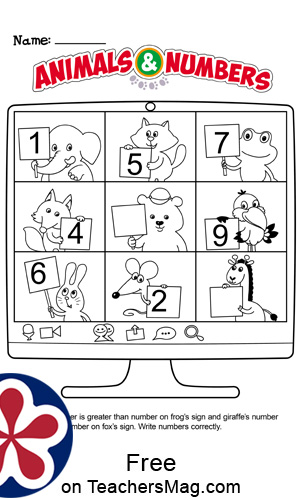

(The only difference is that there will be more than one person on the other end of the line.)

These participants can then get connected to the conference call just by picking up the call. Using a dial-out method, the conference call host will call out to the meeting attendees from your conferencing platform. So, we’ve been talking about dial-in, but what about dialing out?ĭial-out conference calls work slightly differently, as you might’ve guessed from the name.

Some participants are less internet-savvy than others You need to call hands-free from your car You need to be away from your desk during the call Your desktop or mobile conferencing app is down, but you can still call using your phone You don’t have internet access or your internet access is poor, but your phone network is still working And in some situations, dial-in can be a life-saver. In these cases, your dial-in options are simple: all you have to do is dial into a call from your phone by dialing in the organizer number.Ĭonference call dial-in is an extremely useful tool for workplace communications today. Think of investor and shareholder meetings where a company reports on its quarterly financial results. This is a toll-free number that the conference leaders will share with the participants so that they can connect to the free call (well, free for the participants) directly. To get telephone access to this kind of conference call, usually you’d dial a direct-dial-in phone number. They’re often reservationless, meaning you don’t need to schedule them in advance. So how can you get both dial-in and web-based conferencing-and all the useful conference call controls for web and phone with it?Ī conference call dial-in is essentially a telephone-based conference call, with multiple participants connecting over a conference call bridge. (And depending on how old-school your customers and prospects are, they might even prefer it…)įor most of us, the concept of “dial-in” has pretty much been conquered by Internet-based collaboration tools.īut dial-in is still a popular option for some teams despite the many new remote meeting solutions available-which means most businesses still need a dedicated dial-in conferencing option (if you need that sweet, sweet effortless worldwide call entry). Like it or not, this traditional conferencing method is still around.


 0 kommentar(er)
0 kommentar(er)
